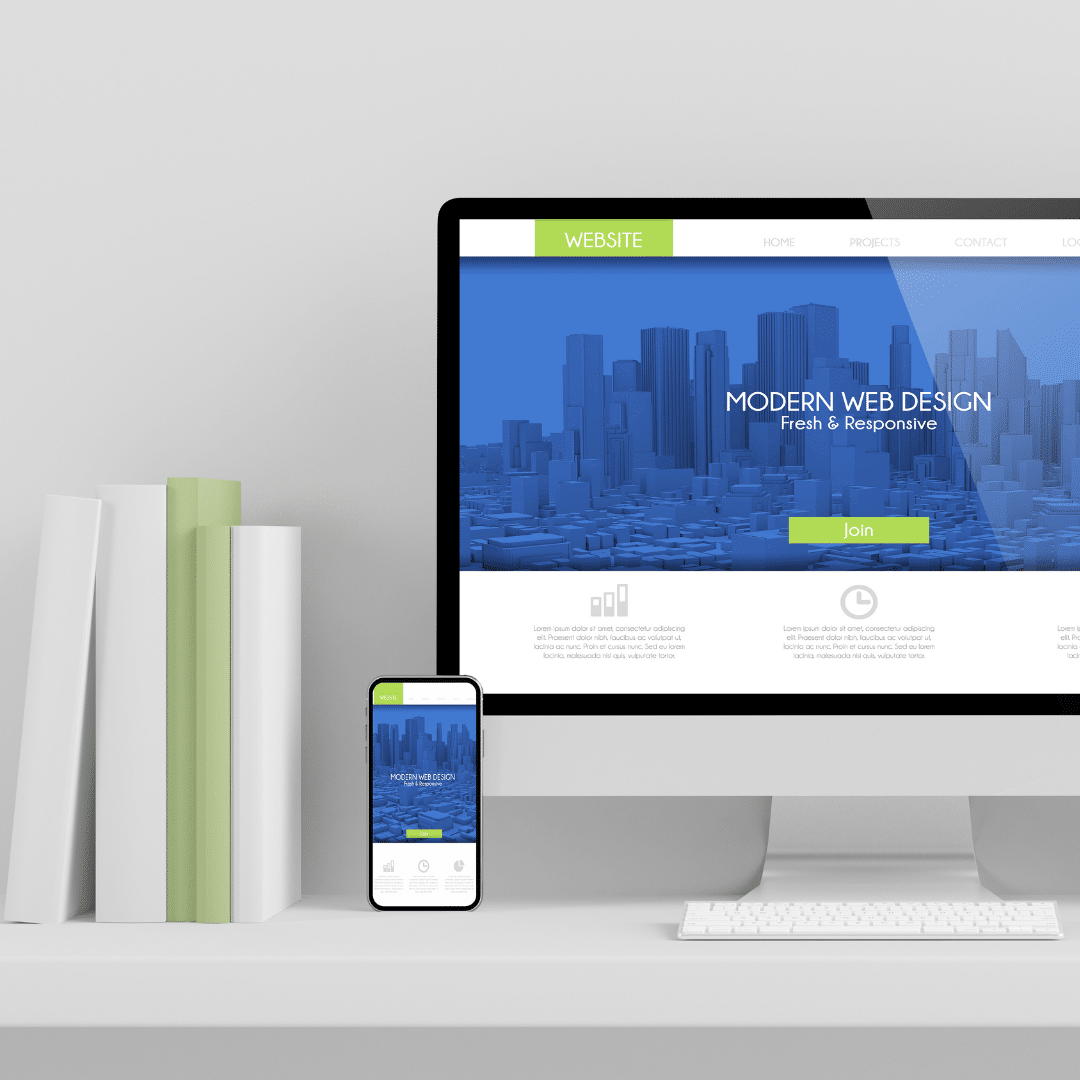If you’re a business owner or manager in charge of your company’s website, maybe you’ve heard the phrase “mobile optimization” being thrown around before. If you haven’t, you’re about to hear it now, and we encourage you to listen!
For those who aren’t familiar, mobile optimization means that your website is specifically designed to function well on mobile devices (such as smartphones and tablets)–this means loading quickly, being easy to navigate using touch interfaces and having information presented clearly and attractively for smaller screens.
But why is mobile optimization such a talking point nowadays? What makes it so important? Simply put, your website needs to be mobile optimized in 2023–without doing so, you’re missing out on traffic from mobile users, missing out on conversions from these devices, and killing your search engine page ranking.
Your customers are using mobile devices
When was the last time you looked at your web traffic rates sorted by device? If you haven’t done it in a while (or ever), don’t feel bad–you’re running a small business and surely have a million different things to think about. We encourage you to check it using the dashboard of whatever web platform you use, but if you don’t have the time, here’s one key piece of data to take away: the majority of web traffic in 2022 came from mobile devices.
In fact, mobile traffic has been consistently trending upwards for the better part of the last decade, rising from around 30% in 2015 to nearly double that in 2022, with over half of all web traffic consistently coming from mobile since about 2017. What that means is that–whether you want to admit it or not–a significant portion of your potential customers are likely accessing your website via mobile devices, and that’s an important piece of data for you to know if you want to win over their business.
Mobile optimization increases conversion rates
“So what?” you might be asking, “my website’s fine; they can use their mobile browser if they want!” Yes, that is true–most desktop sites will load in mobile browsers. But let’s ask a question in return: when was the last time you visited your site on a mobile device, and really went through the entire customer process? Have you used your mobile browser to go to your site, find contact info, or make a complete sale?
If you haven’t, take a moment now to do so. If your site isn’t mobile-optimized, we bet you’ll notice pretty darn quickly. Sites optimized for desktop browsers are great, on a desktop. With a mouse or trackpad you can navigate easily, click where you need to click and get things done smoothly. But people use mobile devices differently, and a site optimized for desktop is likely at best inefficient and at worst nearly unusable when loaded on your little smartphone screen. Frames may crop weirdly, buttons may be obscured, and the whole process is likely just significantly harder to use.
So it’s no wonder that when a site is optimized for mobile, conversion rates tend to go up. When people aren’t frustrated navigating a mobile-unfriendly website, they can complete their purchases and send you your hard-earned money rather than abandoning the process partway through.
Mobile optimization helps your SEO
Lastly, mobile optimization helps your website get found. Ever since 2018, Google has been using mobile-friendliness and mobile site speed as a key metric for ranking websites in their organic search algorithm. Google understands that with so many people accessing search from mobile platforms, prioritizing websites that are built for desktop only will cause frustration and consternation from its users, no matter how great the content on those sites, so if you don’t have a mobile-optimized website, expect a hit to your SEO rankings.
We all know how important it is to get your site onto that crucial first page of search results for Google and other search platforms; people pay big money to do search engine optimization so that their customers can simply find them! By having a website that isn’t mobile optimized, you’re limiting your exposure to new customers, limiting your sales, and limiting your potential growth–there’s simply no way around it, and no reason not to do it.
Mobile optimization can sound daunting, but with the right professional support, it need not cause you a moment’s worry, and that’s where Skol Marketing’s Minnesota-based team is here to help. To learn more about how we can help you optimize your website for every platform and every device to keep you in the game, please don’t hesitate to contact the local web experts at Skol Marketing.





